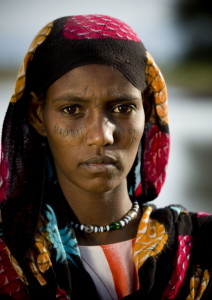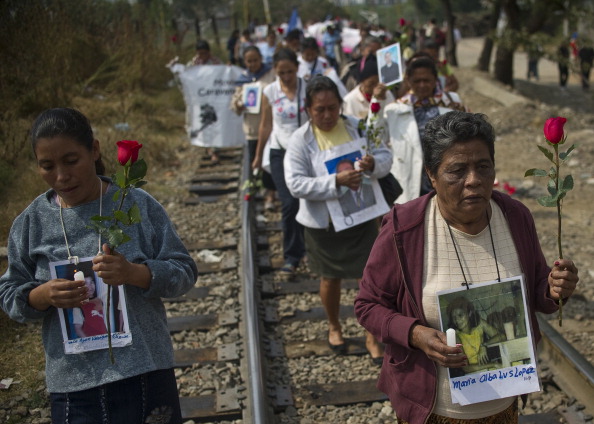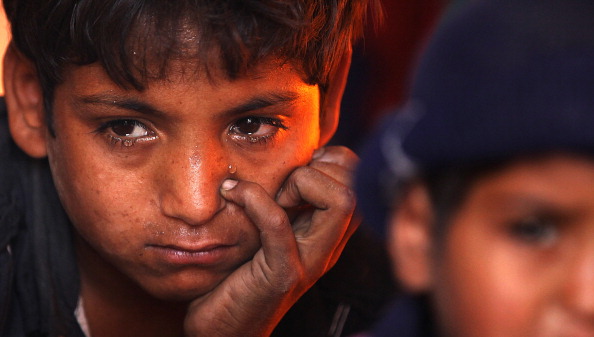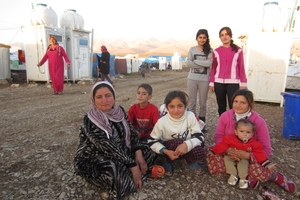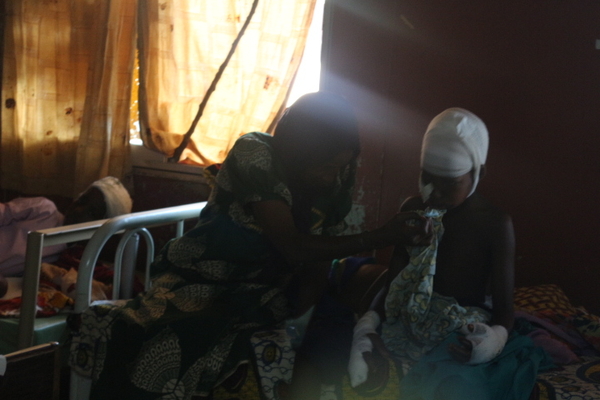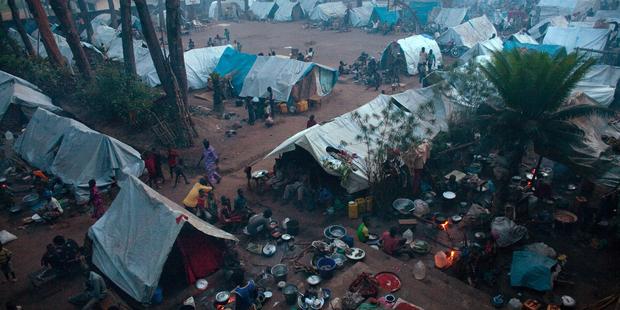
The Central African Republic has been torn apart by bloody sectarian clashes since Muslim rebels ousted president Francois Bozize in March 2013 and replaced him with their leader Michel Djotodia, who was himself forced out last month (Photo Credit: Fred Dufour/AFP/Getty Images).
By Natalia Taylor Bowdoin, Central African Republic Country Specialist
Last week, Amnesty met with the President of the Central African Republic – a country where clashes between the Christian majority and Muslim minority have resulted in war crimes, crimes against humanity and ethnic cleansing.
Christian militias are carrying out violent attacks in an effort to drive Muslims from the country. In response, Amnesty is demanding that international peacekeeping forces stop the violence and station troops in towns where Muslims are threatened.
